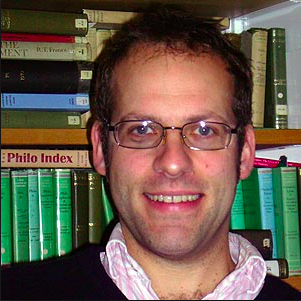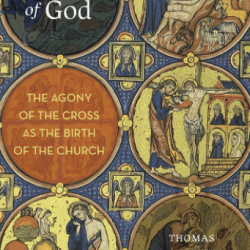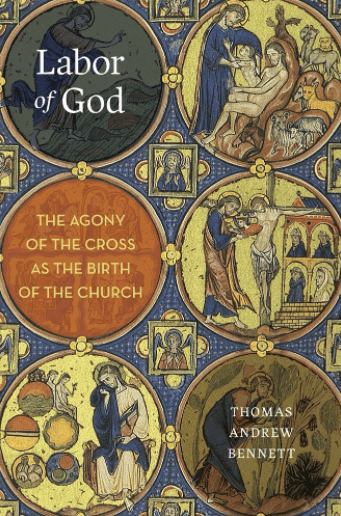 In the last decade or so atonement theories grabbed the center of theological discussion. Which theory was best? Penal substitution, the essence of the atonement for much of conservative Protestants and evangelicalism, was asked to sit down a while so that other theories could be given attention, including the classic Christus Victor theory so well sketched by Gustav Aulen. And then along came Abelard’s moral theory and Grotius’ (and Finney’s) governmental theory, and Rene Girard got folks into scapegoat theory — well, this led to much discussion. I have myself weighed in on this one in both Jesus and His Death and in A Community called Atonement.
In the last decade or so atonement theories grabbed the center of theological discussion. Which theory was best? Penal substitution, the essence of the atonement for much of conservative Protestants and evangelicalism, was asked to sit down a while so that other theories could be given attention, including the classic Christus Victor theory so well sketched by Gustav Aulen. And then along came Abelard’s moral theory and Grotius’ (and Finney’s) governmental theory, and Rene Girard got folks into scapegoat theory — well, this led to much discussion. I have myself weighed in on this one in both Jesus and His Death and in A Community called Atonement.
Excepting both Abelard and Girard, this entire discussion is driven by soteriology and by “mechanics.” That is, atonement theories ask how God acts when atonement, or salvation, is accomplished.
Tom Wright thinks there’s another way on the whole atonement theory discussion, and I think it is fair to say that Tom’s chapter, “Kingdom and Cross,” in his new book How God Became King, will be the launching pad for both Tom and for many to retool how atonement theories are discussed.
Put differently, when Story becomes the driving force, when gospel emerges only from that central Story, how do we now describe atonement? Is it just a soterian gospel that needs the classic atonement theories? Does the soterian gospel demand a mechanical (and limited and de-Story-fied) atonement theory? Are there other ways?
Well, Tom says Yes. I take this chp by Wright to be a sketch, and may well entail yet another book by Tom to flesh this out in ways more complete. But right now it looks like this:
1. Instead of talking so much about how (mechanics) Wright sees the cross (and atonement) as the very core of the kingdom, and the kingdom makes no sense without the cross. These terms mutually interpret one another. This is huge — no more needs to be said.
2. But cross is not just atonement theory and mechanics. It’s bigger than that. From the baptism of Jesus to the titulus on the cross of Jesus, kingdom and cross are intertwined as the way God becomes king. Sin is forgiven, evil is defeated, kingdom comes. This chp sketches Baptism and Titulus; it also sketches Messiah confession as well as the trials of Jesus; there’s lots of emphasis on John’s Gospel but other places too. What Tom is doing is showing the interconnections of cross and kingdom.
3. What this means is that kingdom and cross are political and spiritual and social and religious all at once. Justice — justification too — are established through God becoming king through the cross (and resurrection).
4. Jesus is the Messiah, Jesus is the Son of God, both of which mean King, and the King is so by virtue not of power and might but by cross and resurrection (and of course incarnation).
5. Jesus is the new Temple, God with us, and God defines himself through the face of Jesus who is the new Temple, and he is the means by which God redeems and establishes kingdom — through the cross and resurrection and ascension.
6. God becomes king in and through Jesus’ person and work; kingdom is redefined by cross; this is God’s love; and the kingdom is for this world (not away from it or out of it but for it). This means kingdom redemption is for this world; substitutionary atonement then is defined through this Story — from Isa 40–55 — because Jesus is Israel’s representative and substitute and this work of Jesus through the cross is about disestablishing evil and establishing what is right before God.










